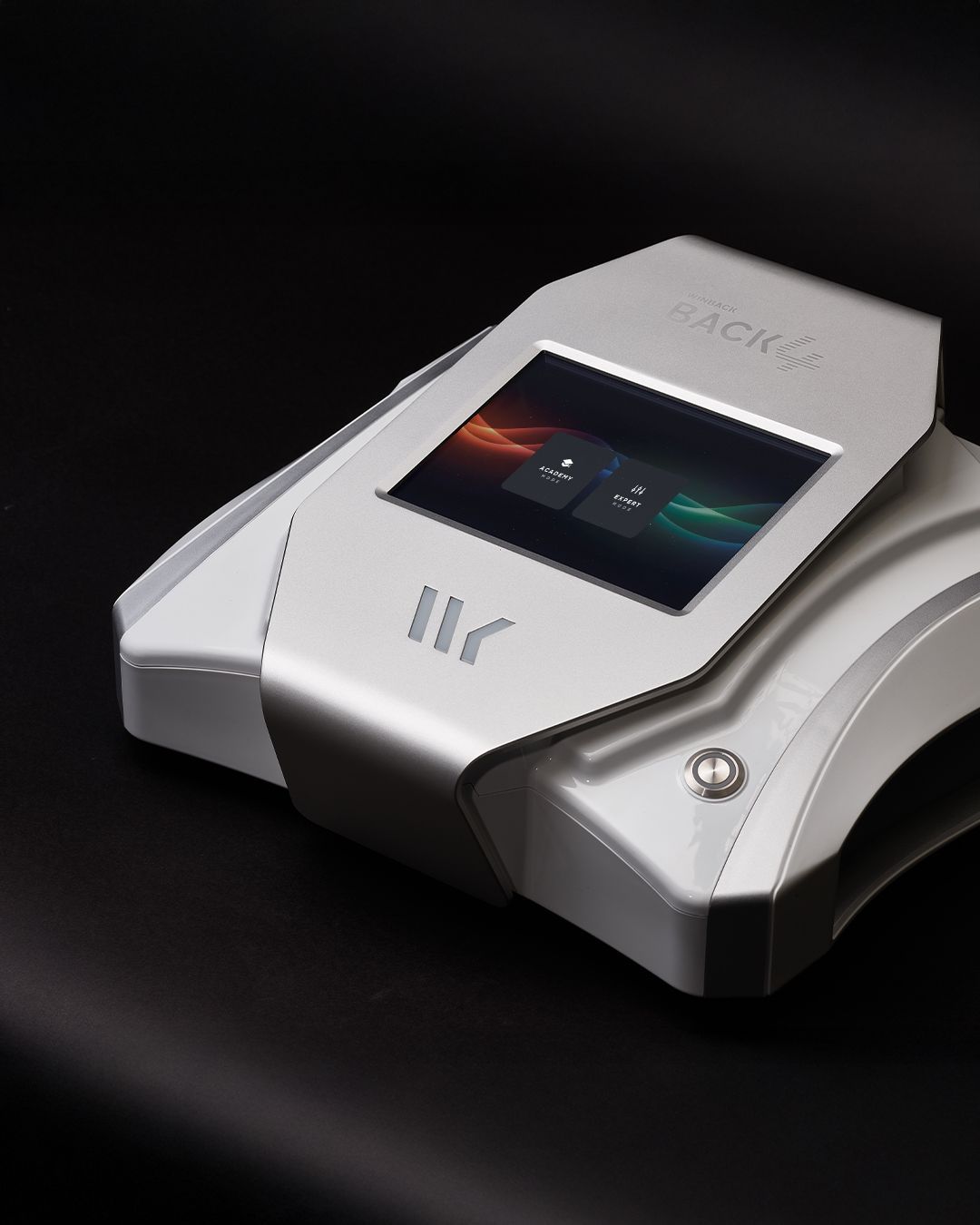Sleep apnea doesn’t always begin in the lungs—it often starts in the muscles. For people in Slough living with obstructive sleep apnea (OSA), nightly breathing interruptions don’t just affect sleep. They drain energy, impact mental clarity, and contribute to long-term cardiovascular strain. While CPAP machines remain the primary treatment, more attention is being given to how manual therapy can help improve airway mechanics and breathing function—from the outside in.
The Muscle and Fascia Connection in Sleep Apnea
Obstructive sleep apnea is usually caused by the soft tissues of the throat relaxing excessively during sleep, causing a temporary blockage of airflow. But these tissues don’t exist in isolation. They’re connected to tension patterns in the jaw, neck, chest, and diaphragm.
When posture collapses from hours at a desk or excessive smartphone use, the head shifts forward, pulling the neck and throat into unnatural positions. Add tight chest muscles and shallow breathing, and you have a perfect storm for airway collapse during sleep.
What’s often overlooked is that many of these muscular and fascial restrictions are treatable through targeted massage therapy.
Areas Massage Targets to Improve Airway Function
Neck & Jaw Tension
Chronic tightness in the sternocleidomastoid (SCM), scalenes, and jaw muscles can affect breathing and contribute to airway restriction. Releasing these areas using myofascial techniques helps reduce the pull on the windpipe and improves head alignment—vital for open airways.
TMJ Dysfunction & Bruxism Relief
Sleep apnea and teeth grinding often go hand in hand. Manual release work around the masseter, temporalis, and pterygoid muscles can reduce jaw clenching, lower inflammation in the temporomandibular joint (TMJ), and allow the tongue to rest in a more forward position during sleep, which reduces obstruction.
Chest & Thoracic Mobility
Tight pectoral and intercostal muscles—common in gym-goers and desk workers—limit full chest expansion. This restricts diaphragmatic breathing and reduces oxygen flow. Massage and fascial release work around the thoracic cage restore rib mobility, promoting deeper, more efficient breathing patterns.
Diaphragm Release
A tense diaphragm can reduce lung capacity and reinforce shallow breathing patterns. Using abdominal and rib-cage mobilisation techniques, massage can help restore diaphragmatic elasticity, allowing better oxygen exchange during rest.
Posture and Sleep Apnea: The Underrated Link
Many clients at Muscle Therapy By Tom present with forward head posture, rounded shoulders, and a collapsed chest—particularly those working in offices or using screens for long periods. These posture imbalances compress the upper airway, especially in a reclined or supine sleeping position.
By using postural release techniques and corrective soft tissue work, massage helps realign the head and spine, decompressing the airway and improving breathing dynamics during sleep. When combined with postural awareness coaching and breathing education, results can be significant—even after just a few sessions.
Is Massage a Cure for Sleep Apnea?
No manual therapy should be considered a standalone cure for sleep apnea. However, many clients using CPAP or mandibular advancement devices report better comfort, reduced jaw pain, and fewer apneic events when combining those tools with regular soft tissue therapy.
In particular, those with mild to moderate OSA, or those who cannot tolerate CPAP, may find massage to be a highly supportive tool in improving nighttime breathing quality.
What to Expect at Muscle Therapy By Tom in Slough
Each session starts with a clinical assessment focused on posture, breathing pattern, jaw mobility, and neck alignment. Treatment is tailored to the client’s needs, often combining:
Myofascial release
Trigger point therapy
TMJ and jaw massage
Diaphragm and rib mobilisation
Postural correction strategies
Located inside The Gym Group Slough, Tom’s clinic is trusted by athletes, office professionals, and clients with complex muscular issues. With advanced massage training and a results-first approach, clients often report not just less muscle tension—but better quality sleep and easier breathing.
Massage therapy may not replace machines or medical devices—but for many, it’s the missing link in treating the muscular side of sleep apnea. For clients in Slough who want to explore a hands-on approach to better sleep, breathing, and recovery, this is where it begins.
📍 Muscle Therapy By Tom – The Gym Group Slough
💻 www.muscletherapybytom.co.uk
☎️ Booking available online or via WhatsApp. Enquire today for a posture and breathing consultation.


